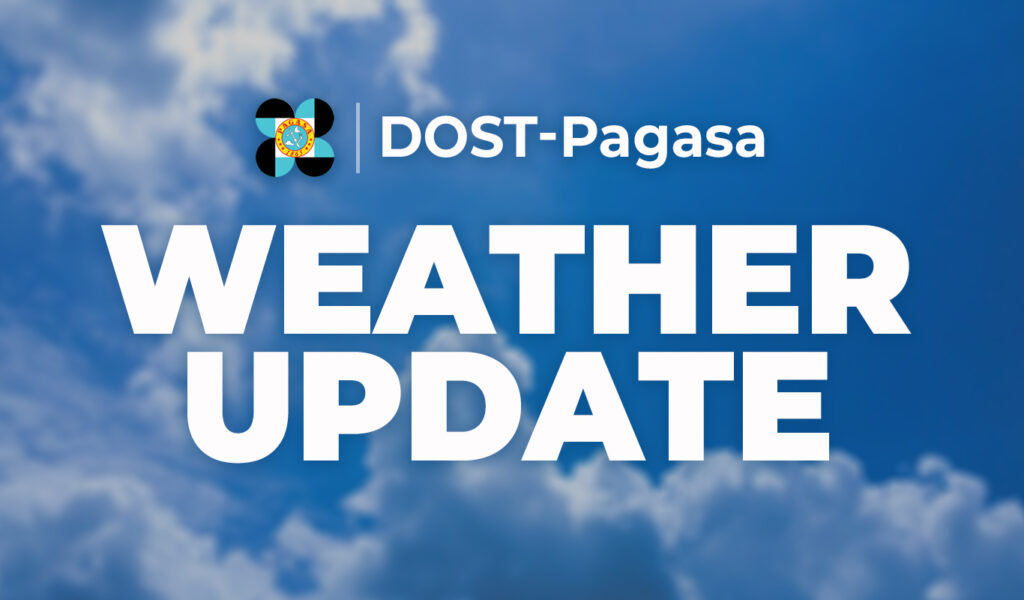Pagasa: Minimal cyclone threat in the PH seen this Feb

The Philippine Atmospheric, Geophysical and Astronomical Services Administration (Pagasa) says on Thursday, February 1, 2024, that the country may not experience any tropical cyclone this month, and if so, possibly only one. INQUIRER FILES
MANILA, Philippines — The Philippines might have either one tropical cyclone or none this month, according to the Philippine Atmospheric, Geophysical and Astronomical Services Administration (Pagasa).
Pagasa specialist Benison Estareja mentioned that historical patterns indicate a lower likelihood of cyclones forming or entering the Philippine area of responsibility (PAR) in February.
“Inaasahan po for this month zero or one po tayo at kung may bagyo na pumasok ng ating PAR, papangalanan po natin itong Aghon,” he explained.
(We expect zero or one for this month and if there is a typhoon that would enter our PAR, we will name it Aghon.)
If a tropical cyclone would indeed hit the country this month, it would be the first for the year, he added.
READ MORE: Northeast monsoon to wane, less rain likely this weekend – Pagasa
Estareja also explained the two scenarios may occur should a weather disturbance happen in February, citing average tracks of past cyclones.
One scenario, he said, shows a tropical cyclone forming east of Mindanao and approaching Visayas and Mindanao with the possibility of making landfall.
Another scenario, he added, shows a tropical cyclone developing in the Pacific Ocean and entering the PAR but recurving away from the country.
READ: Most of PH to see rain due to northeast monsoon, LPA’s trough – Pagasa
According to Pagasa, around four to seven tropical cyclones are expected to either form inside or enter the PAR from February to July this year.
It further said that an average of 20 tropical cyclones enter the PAR every year, with about eight or nine of them crossing the country’s landmass.
Most of these cyclones, or about 70 percent of them, develop during the peak typhoon season in July to October, Pagasa added.
Disclaimer: The comments uploaded on this site do not necessarily represent or reflect the views of management and owner of Cebudailynews. We reserve the right to exclude comments that we deem to be inconsistent with our editorial standards.
